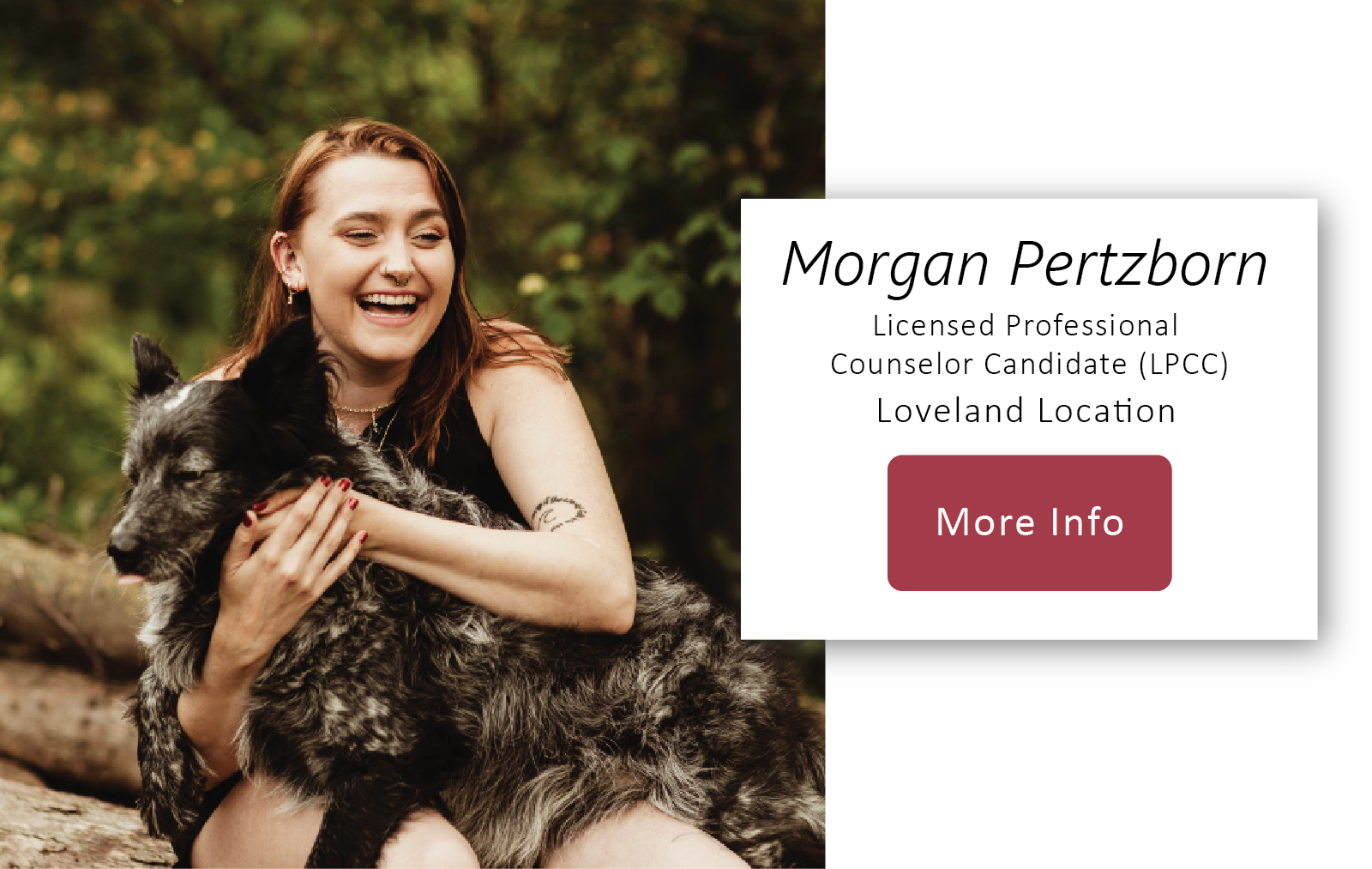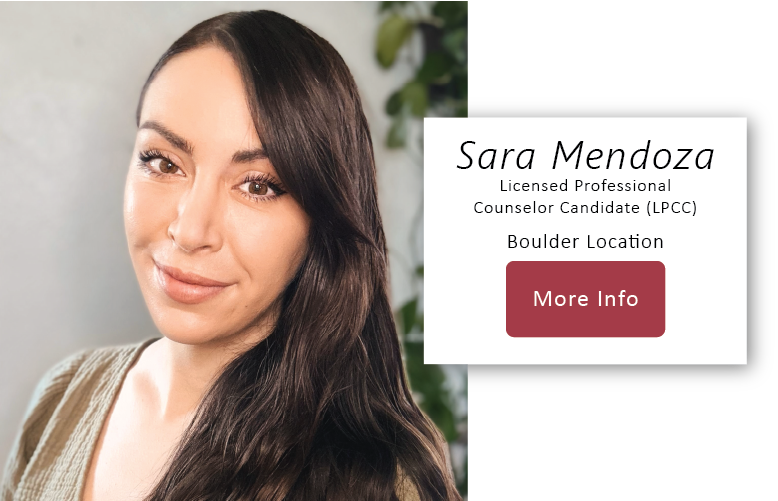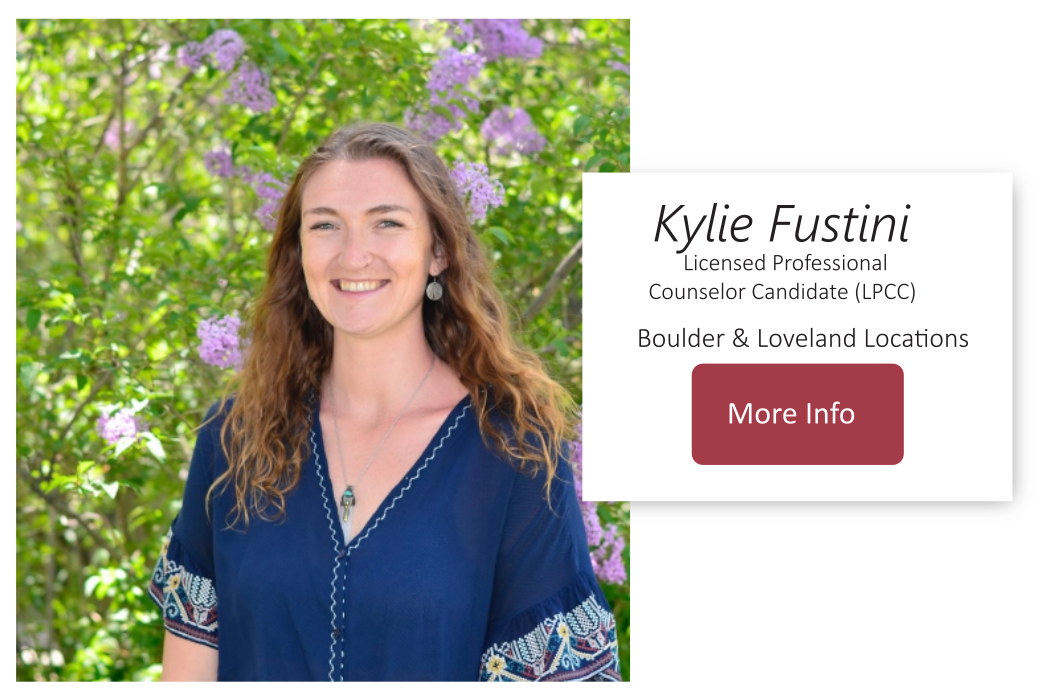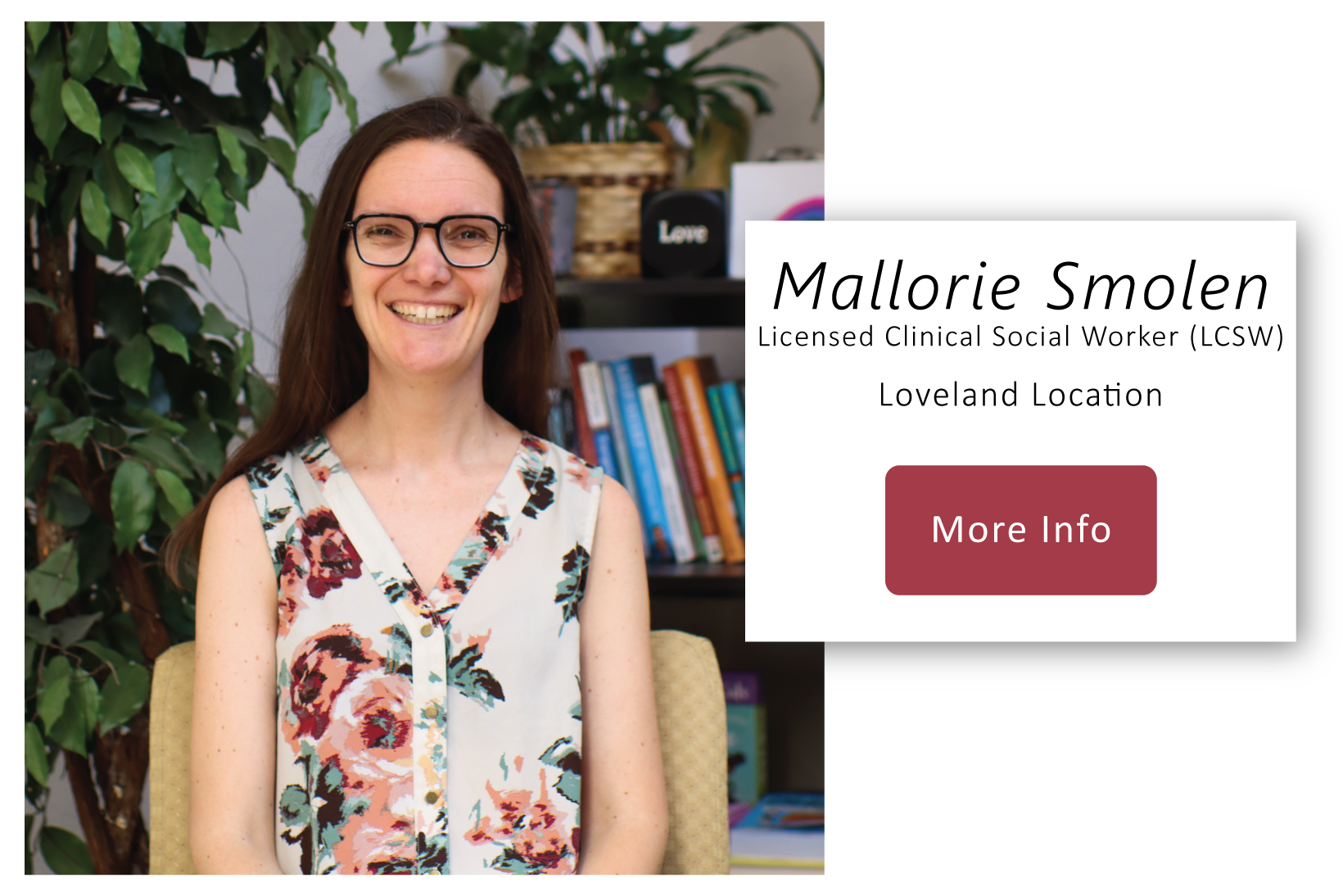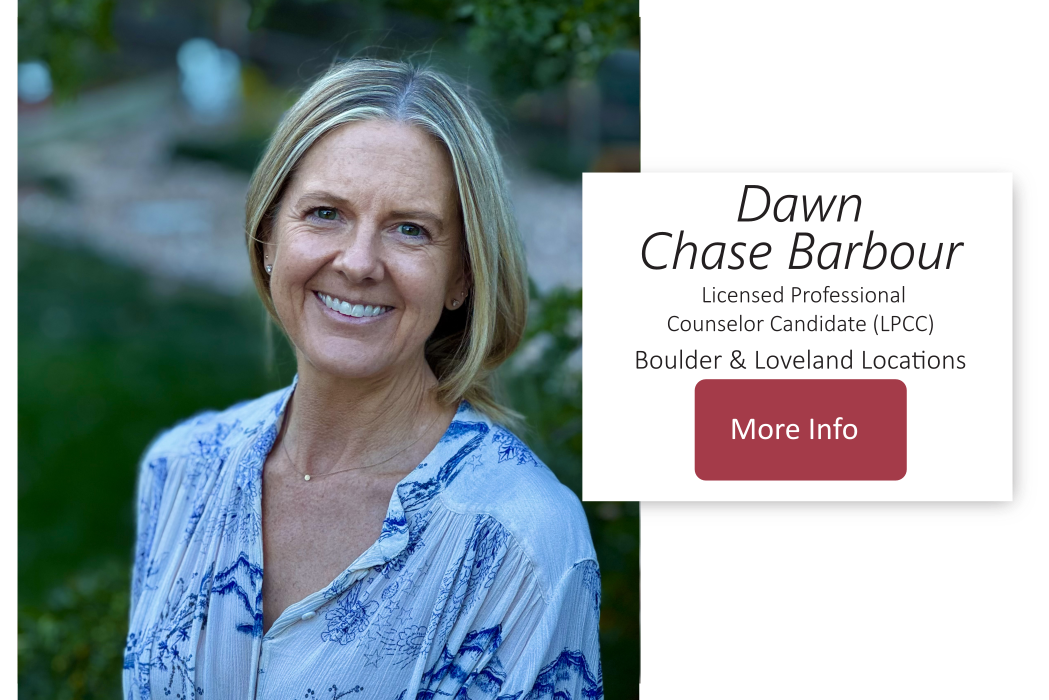Mindfulness
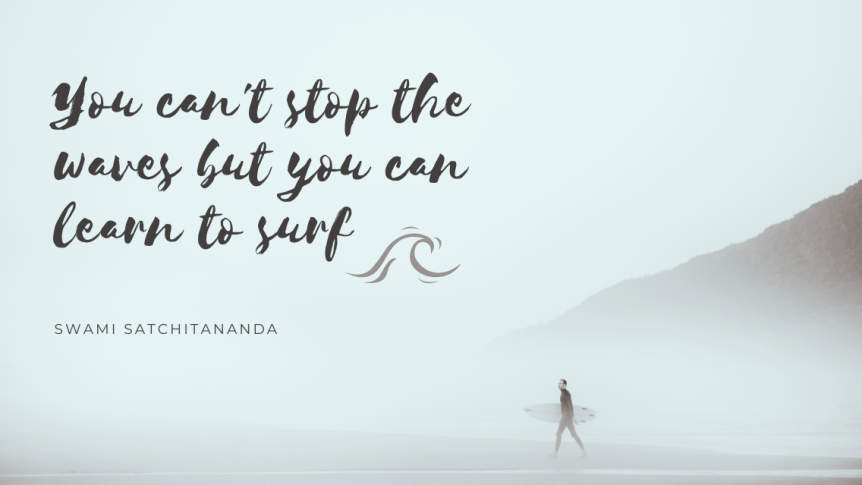
Mindfulness is the practice of bringing nonjudgmental awareness to your present moment experience- your thoughts, emotions, bodily sensations, and surroundings. While mindfulness has become a widely used word and can be interpreted in many ways, at its core mindfulness is nonjudgmental awareness of your experience, with an attitude of curiosity and openness.
Rather than trying to fix, change, or judge your experience, mindfulness invites you to be with it as it is. It’s not about “clearing your mind” or feeling calm all the time. Instead, mindfulness is about learning to stay present with what’s here, even when it’s uncomfortable or uncertain. Through the practice of mindfulness, we cultivate a kinder, more compassionate relationship with ourselves, moving away from judgment or avoidance.
One of the powerful things about mindfulness is the paradox that real change often begins with acceptance. When we stop fighting our experience and begin to meet it with awareness and curiosity, something can shift. The tension may soften, the inner critic can relax, and new possibilities for responding, rather than reacting, can emerge. Even our most difficult moments can become opportunities for growth and change when we approach them with gentleness and curiosity.
By integrating different mindfulness techniques and interventions into therapy, mindfulness can help with stress reduction, decrease feelings of distress, and enhance management of difficult thoughts and emotions. We can practice these skills both in session and in everyday life. Mindfulness is not just a temporary state, but a way of living that we can apply to the present moment of any situation. Some examples of mindfulness in therapy or daily life are:
- Noticing the breath, or sounds around you, as an anchor in moments of overwhelm.
- 5-4-3-2-1 method: bring your attention to the present moment using each of your 5 senses, slowing down your breath to notice 5 things you can see, 4 things you can feel, 3 things you can hear, 2 things you can smell, and 1 thing you can taste.
- Naming emotions as they arise, without judgment- “I notice I’m feeling anxious”
- Pausing before reacting in a stressful conversation
- Observing Thoughts Without Believing Them: You might practice observing your thoughts like clouds passing in the sky, seeing thoughts as mental events, not necessarily facts
- Mindful Coloring: Focusing on each decision we make while coloring, how we choose each color for the design, the sound of the pencil, crayon, or marker on the paper, etc. bringing our conscious attention to the present moment
Resources:
Wherever You Go, There You Are by Jon Kabat-Zin
Trauma-Sensitive Mindfulness by David Treleaven
Radical Acceptance by Tara Brach
https://www.headspace.com/mindfulness/mindfulness-101
